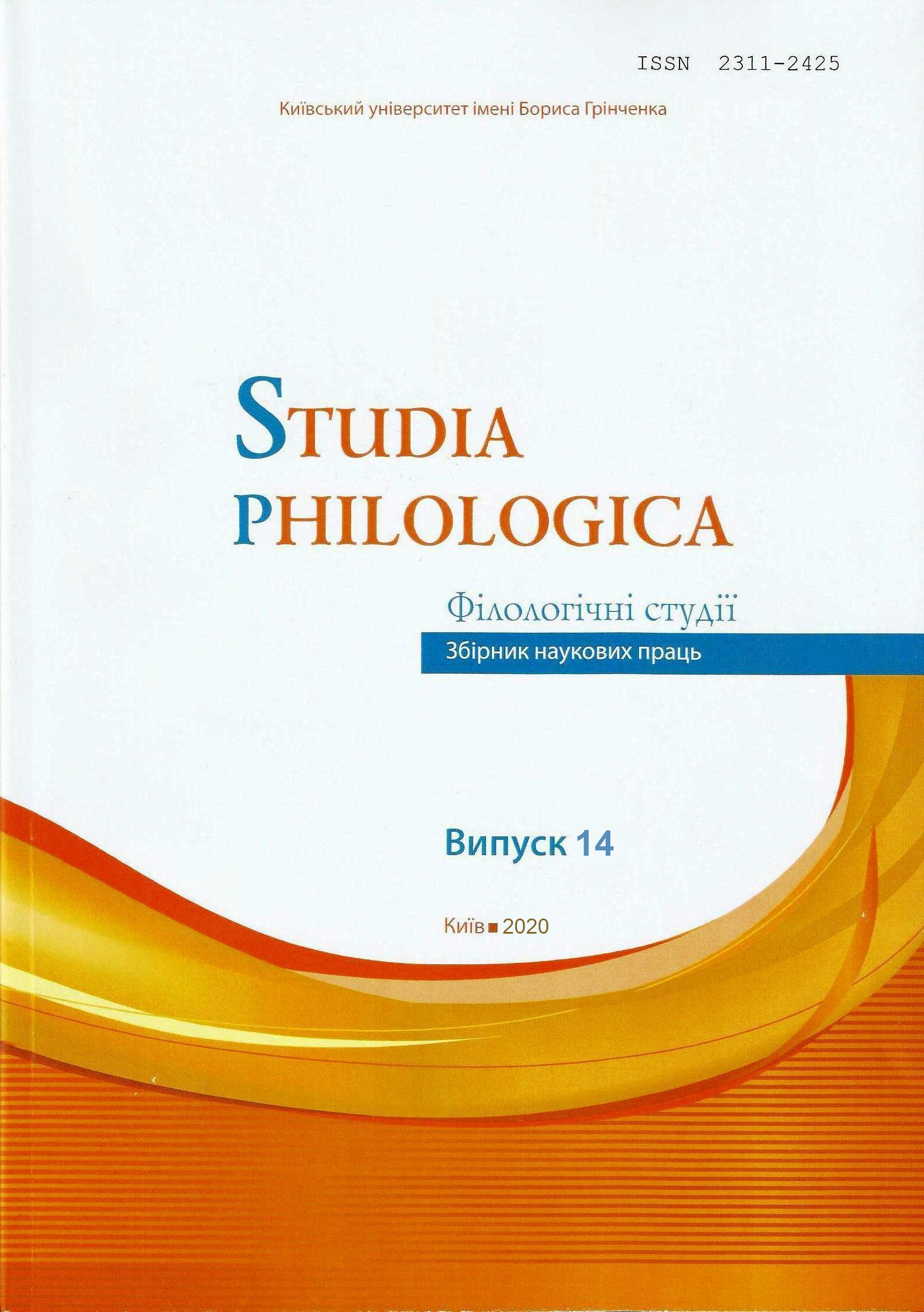Basic challenges in natural language processing systems
DOI:
https://doi.org/10.28925/2311-2425.2020.145Abstract
The article proceeds from the intended use of parsing for the purposes of automatic information search, question answering, logical conclusions, authorship verification, text authenticity verification, grammar check, natural language synthesis and other related tasks, such as ungrammatical speech analysis, morphological class definition, anaphora resolution etc. The study covers natural language processing challenges, namely of an English sentence. The article describes formal and linguistic problems, which might arise during the process and which are connected with graphic, semantic, and syntactic ambiguity. The article provides the description of how the problems had been solved before the automatic syntactic analysis was applied and the way, such analysis methods could be helpful in developing new analysis algorithms today. The analysis focuses on the issues, blocking the basis for the natural language processing — parsing — the process of sentence analysis according to their structure, content and meaning, which aims to examine the grammatical structure of the sentence, the division of sentences into constituent components and defining links between them. The analysis identifies a number of linguistic issues that will contribute to the development of an improved model of automatic syntactic analysis: lexical and grammatical synonymy and homonymy, hypo- and hyperonymy, lexical and semantic fields, anaphora resolution, ellipsis, inversion etc. The scope of natural language processing reveals obvious directions for the improvement of parsing models. The improvement will consequently expand the scope and improve the results in areas that already employ automatic parsing. Indispensable achievements in vocabulary and morphology processing shall not be neglected while improving automatic syntactic analysis mechanisms for natural languages.


